Highlights - Early Summer 2012
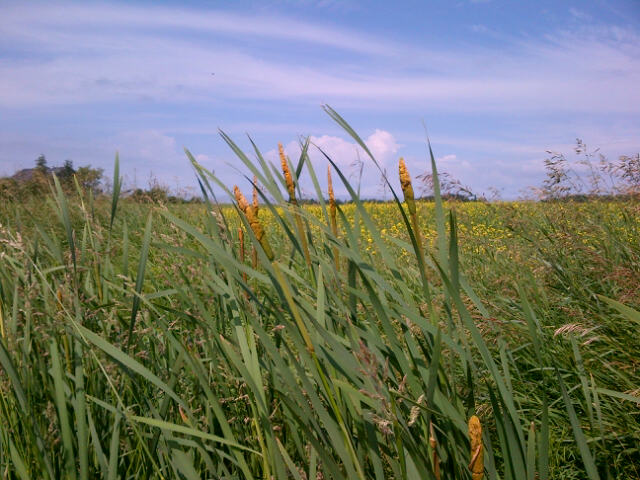 quenouilles (cattails)
quenouilles (cattails)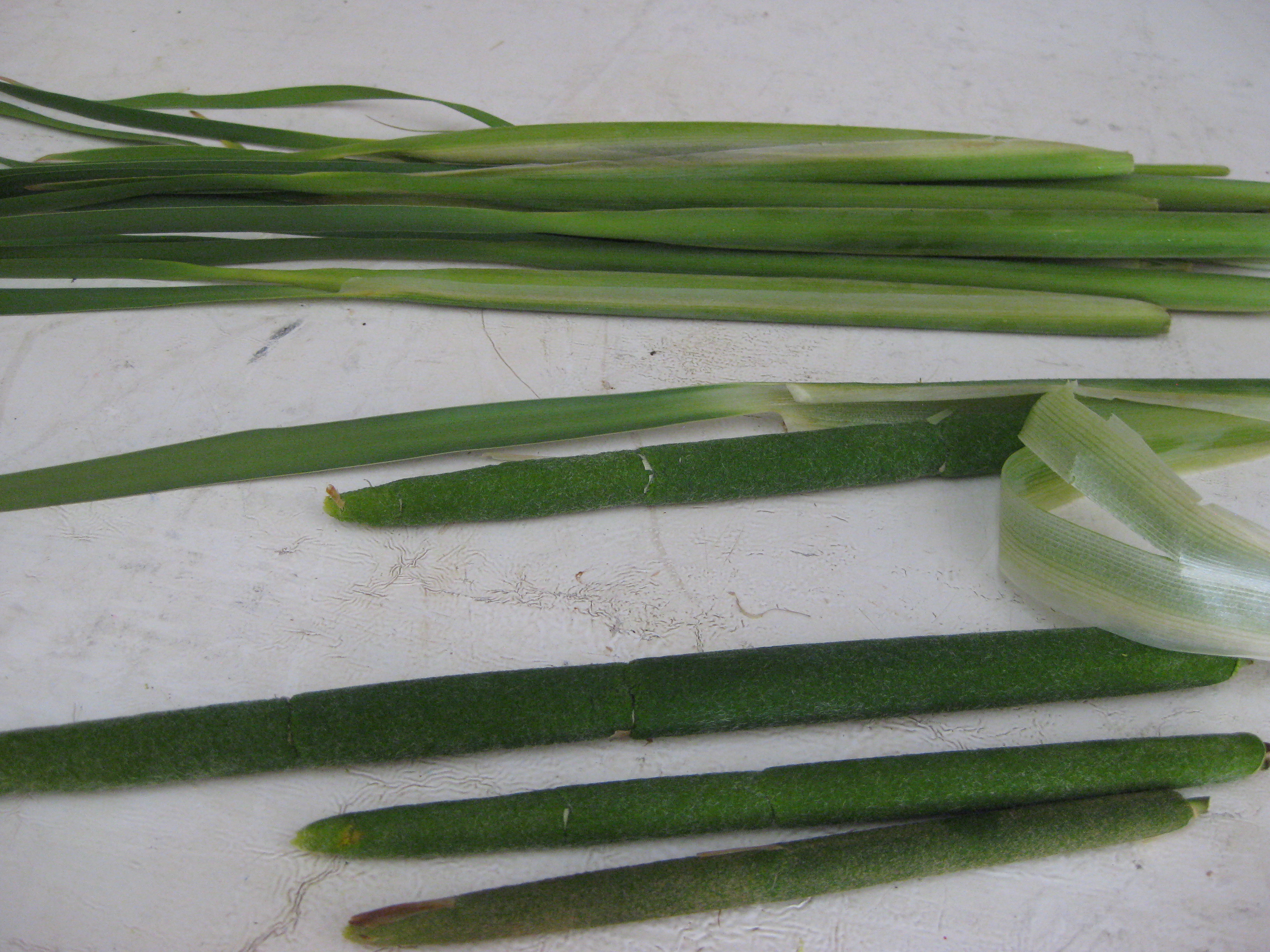 epis de quenouille (cattail spears) - raw and peeled
epis de quenouille (cattail spears) - raw and peeled
 farine de quenouille-pollen (cattail pollen flower)
farine de quenouille-pollen (cattail pollen flower)
True to our annual summer routine at Les Jardins Sauvage, life is all about trying to keep up with the wild plants as they successively come into season whenever they damn well feel like it.
This year is not so different; many July edibles showed up early making for somewhat of a pile-up in putting up/production, but an extraordinary abundance and variety for those dining at the restaurant or frequenting our market stall.
Once the spring things were out of the way, it was all about pickling the daisy buds and soonafter the day lily buds, then it was cattail time.
Or 'Operation Quenouille' as we call it - For a couple of weeks every year, we are entirely consumed with cattails. There is an unpredictable short window to pick the baby spears you see.. We peel thousands, blanch and sous vide them for the year. Everyone on staff is peeling day in day out, every spare moment. Then it's the pollen, which is dried and ground after harvesting. That is hard picking work given this corresponds with peak mosquito season - those responsible are all glad it only lasts a couple of days. In the kitchen, a fine yellow dust covers everything no matter how carefully we work. Blow your nose at home at the end of the day - yellow! Well worth it though; the spears provide a fun local vegetable that you eat like corncob or pogo, and it tastes like corn, with a touch of mushroom and asparagus. Makes a great umami rich vegetarian broth too. We use the pollen in crepe batter mostly, but it can season and thicken stuffings, go into quick breads and cheese. I like to dust savoury fritters with it.
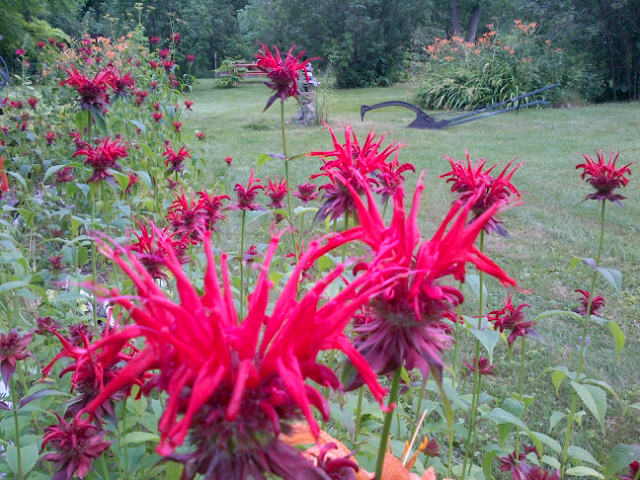 Monarde (Bee balm)
Monarde (Bee balm)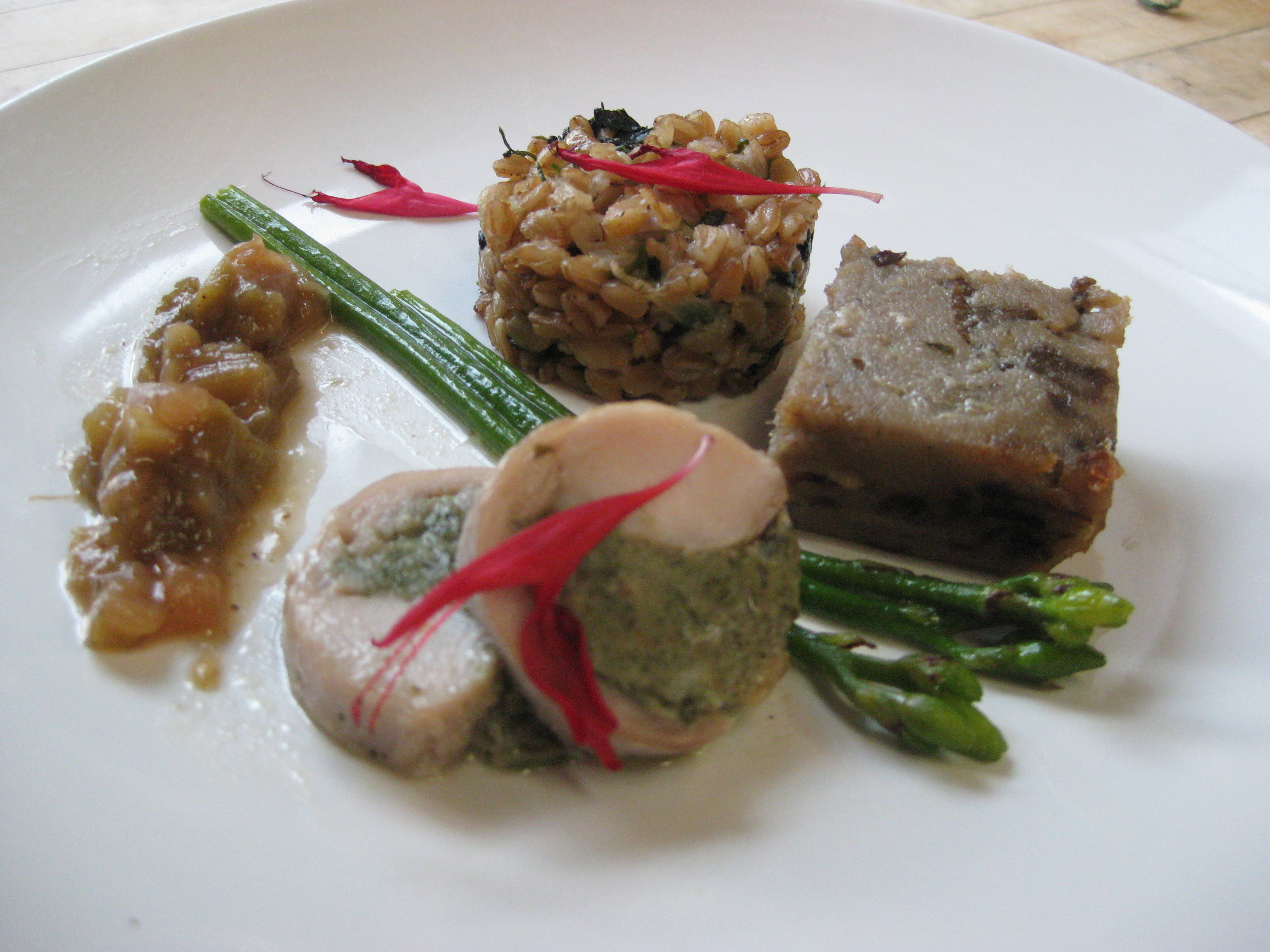 Duo de lapin, ortie & monarde, épautre, pousses d'hémérocalles Bee balm is a favourite of ours. So pretty and punchy, it is more than a colourful garnish; with its thyme like mentholy flavor, it is used more like an herb. To flavour or garnish soups, salads, butter, cheese, sauces, meatballs.. We also dry it and use it in our tisane.
Duo de lapin, ortie & monarde, épautre, pousses d'hémérocalles Bee balm is a favourite of ours. So pretty and punchy, it is more than a colourful garnish; with its thyme like mentholy flavor, it is used more like an herb. To flavour or garnish soups, salads, butter, cheese, sauces, meatballs.. We also dry it and use it in our tisane.
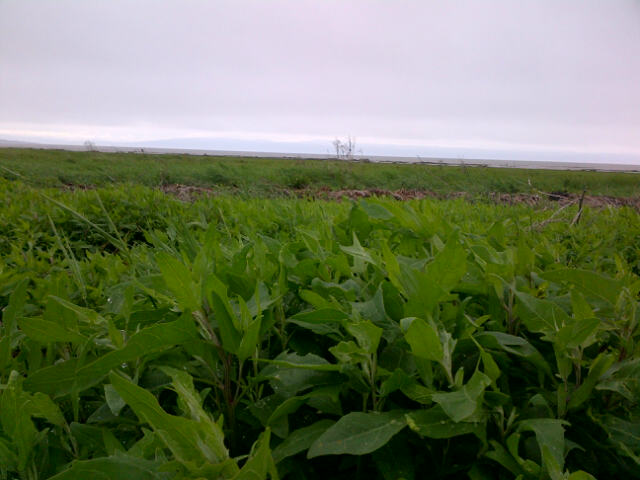 Arroche de mer (Sea spinach)
Arroche de mer (Sea spinach)
Sea spinach is my absolute favourite, like super duper spinach, a notch up from Chou gras (pigweed/lambs quarters), which is also a great, under-appreciated weed. Terrific in salad, even better barely cooked, just wilted with garlic and olive oil or butter. Arroche was definitely a key wild green in our courtship (when I first met François and he was charming me with all his exotic ingredients). We sell and serve up a lot of this fresh in season, but we also blanch and sous-vide a big batch for the year, and we dry some for our salt.
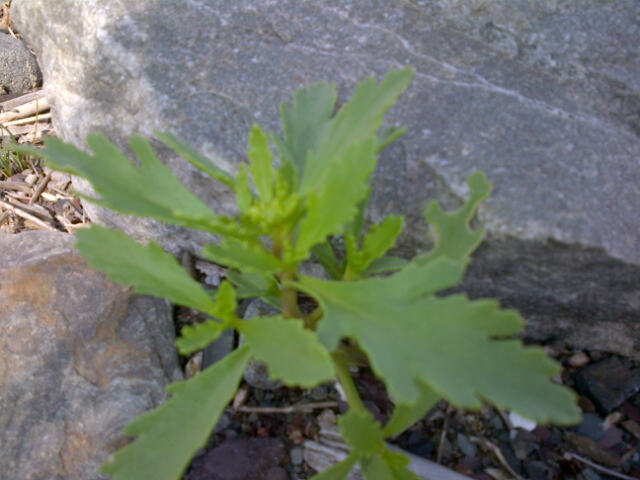 Caquiller de mer (Sea rocket)
Caquiller de mer (Sea rocket)
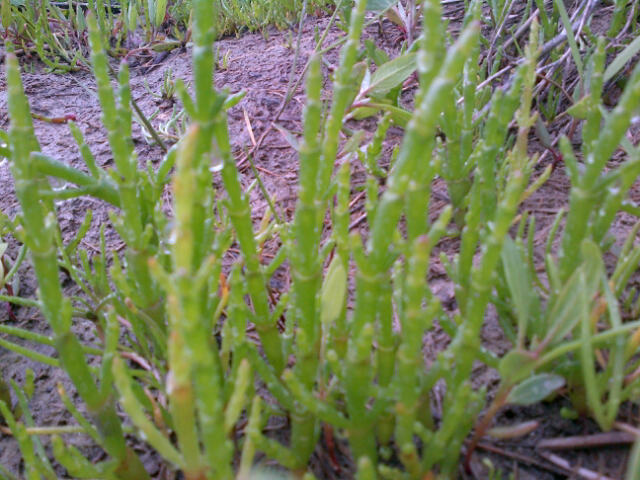 Salicorne (sea asparagus)More sea greens, both very popular at the market. Sea rocket is like sturdy, salty arugula, to be eaten in salad or cooked. Not much needs to be said about sea asparagus which is more widely known, being so lovable, crunchy and salty. Especially ours in peak season, which is picked in the perfect micro-climate, extra special
Salicorne (sea asparagus)More sea greens, both very popular at the market. Sea rocket is like sturdy, salty arugula, to be eaten in salad or cooked. Not much needs to be said about sea asparagus which is more widely known, being so lovable, crunchy and salty. Especially ours in peak season, which is picked in the perfect micro-climate, extra special
.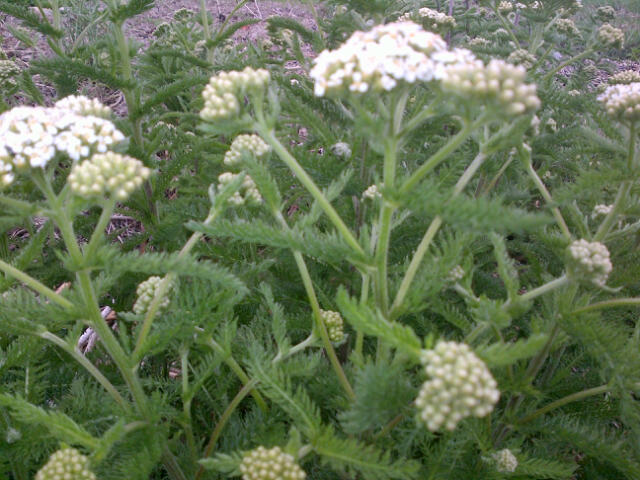 achillee millefeuille (common yarrow)
achillee millefeuille (common yarrow)
Yarrow is everywhere and a mildly interesting herb that we add to our mix. We also dry it for tisane. It is known for all its medicinal qualities (cold, wounds..). The flowers are especially medecinal, so kept for that.
Wild rose petals - one of the most pleasant things to pick, dry or cook! So fragrant and fresh smelling/tasting. We dry a load for our tisane, make syrup and use them in infusions for desserts (juices, coulis, granité). Interesting in savoury preparations too. The fruit, however difficult to work with all its seeds, has a characteristic soft flavour and mouthfeel unlike anything else, ultra high in Vitamin C, somewhere between a tomato and an apricot in taste. Claudie (Jardins de la Mer), our marine green girl, makes a fabulous juice combined with elderflower that is my preferred non-alcholic beverage. Not yet readily available yet outside the Lower St-Lawrence, but something to look forward to.
Spergulaire is another marine green that grows amidst the salicorne and arroche - it is sparse, and hard to find/pick efficiently but it is delicious - tasting like beets, but delicate fresh and crunchy. Sea plantain is kind of blah to me, in that it does not have much character, but mild is fine sometimes too. It is good chopped up in the mesclun or cooked as a side vegetable. The best preparation to me is blanched and served up like green spaghetti sans gluten!
Sea parsley, the marine sister to the wild lovage on our property, tastes like floral, slightly salty celery, and is key in my kitchen. We make a pesto with it, we dry it for our salt, make an infused oil, and it is integral to my chimichurri. I use it everywhere year round.
While all the marine greens are peaking and François is on the road alot, our backyard is orange. Fields of day lily yell out for the taking. Once the sprouts and buds (which are a terrific vegetable) are done, it's petal time. They are best freshly picked and raw in salads or as a garnish, but given the quantity we have readily available, we do a lot more. Of course it takes someone to pick them, but it's impossible to not be sustainable.. I've dried a hundred gallon buckets or so of petals for our tisane and put up half that much in pesto. Delicately floral, even more vegetal-fresh tasting, I make butter with it, as well as use it in preparations to accompany fish, poultry or cheese.
Melilot (sweet clover) is a flower I use more like a spice. It is dried and pulverised to be incorporated into pie dough, cookies.. Most other flowers I prefer to use infused and in the fresh state, but not this one. It is potent and due to coumarine content,should be used carefully.
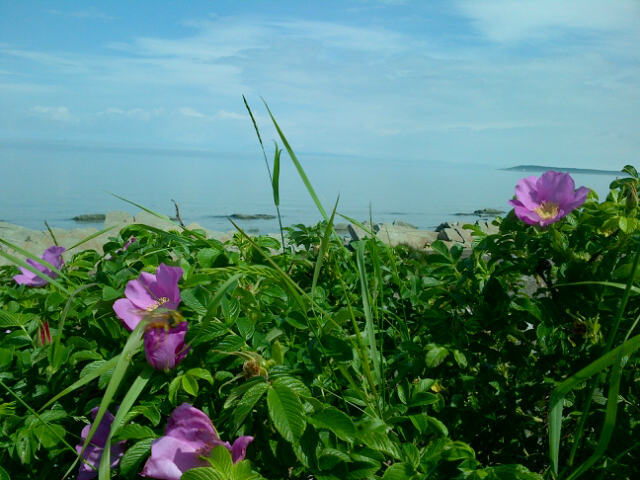 églantier (wild rose)
églantier (wild rose)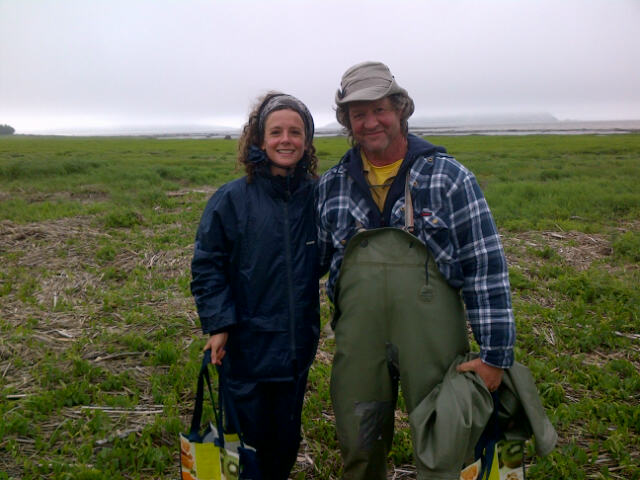 foraging in the worst weather
foraging in the worst weather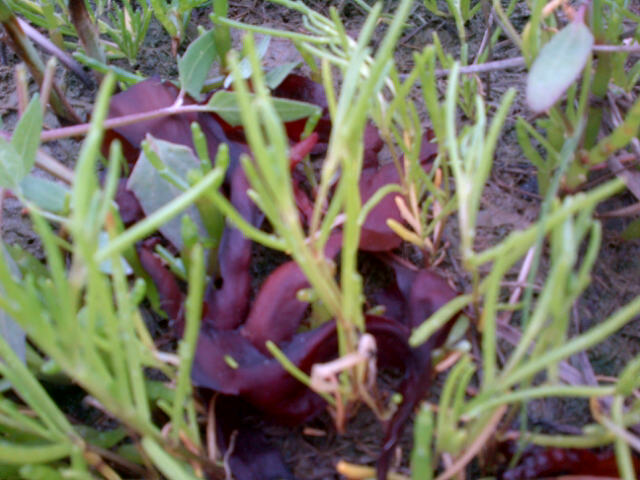 spergulaire (Canadian sandspurry)
spergulaire (Canadian sandspurry)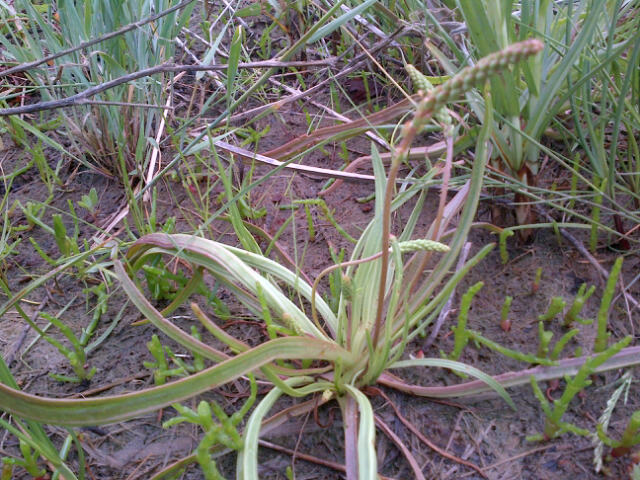 plantain marin (sea plantago)
plantain marin (sea plantago)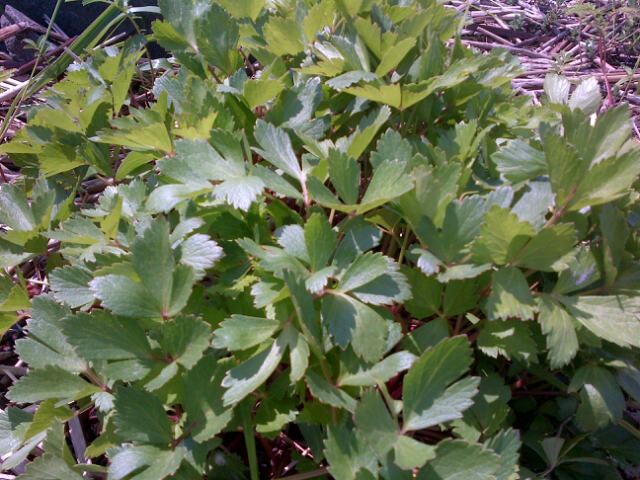 persil de mer (sea parsley)
persil de mer (sea parsley)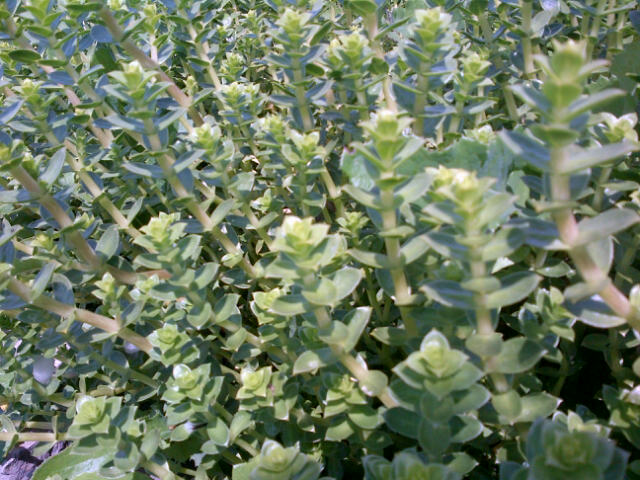 sabline
sabline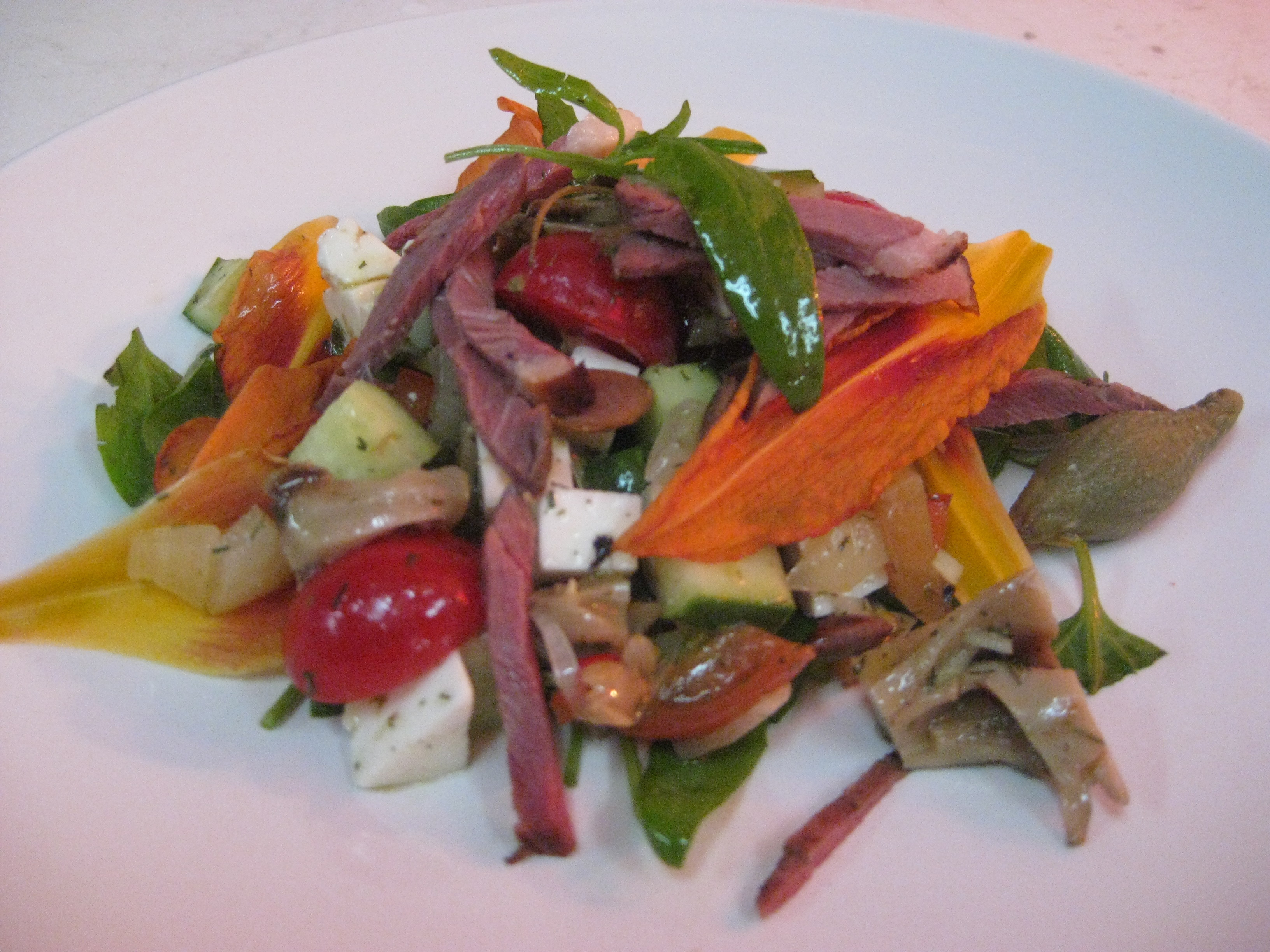 salade d'aroche de mer & hémérocalle, salsa de tomate, concombre et champignons marinés au carcajou, feta de chevre
salade d'aroche de mer & hémérocalle, salsa de tomate, concombre et champignons marinés au carcajou, feta de chevre our field of day lily
our field of day lily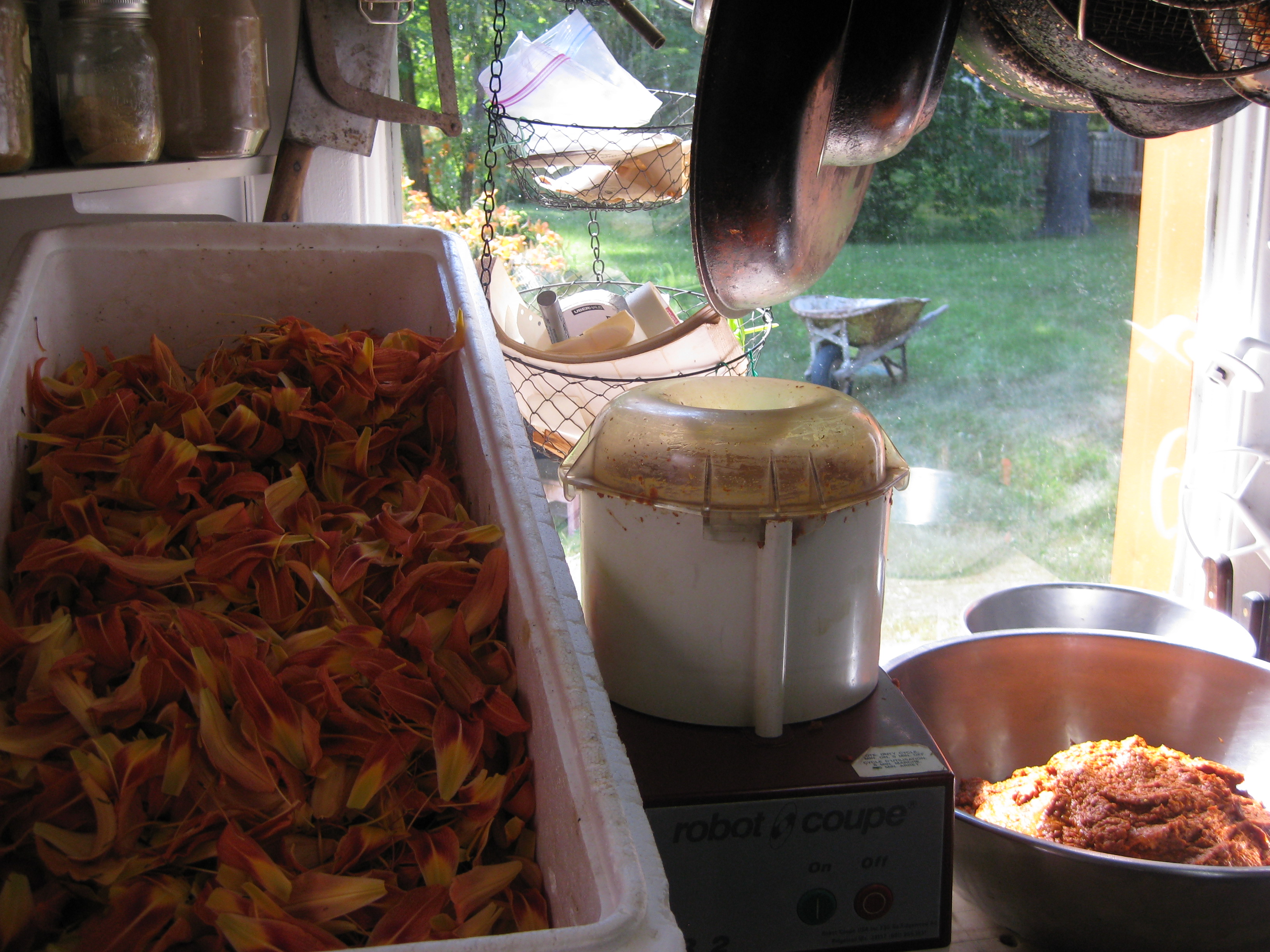 making petal pesto
making petal pesto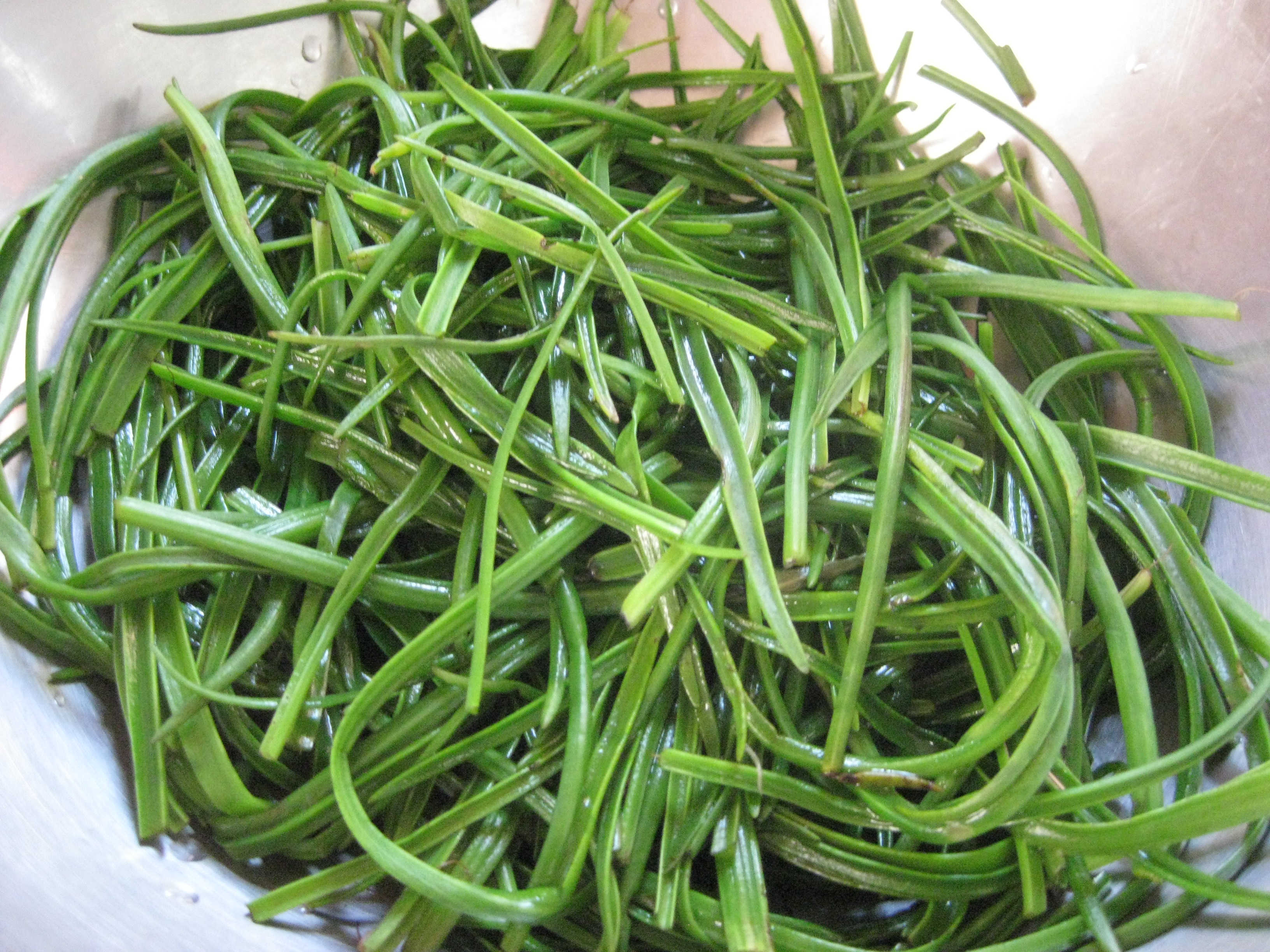 plantain=green spaghetti
plantain=green spaghetti
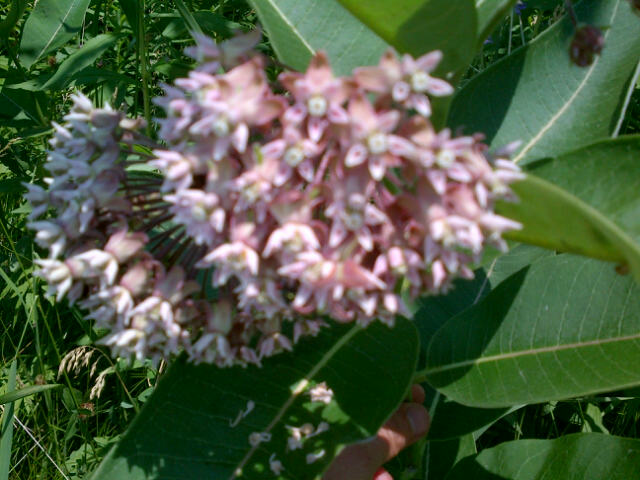 fleurs d'asclépiade (milkweed flower)
fleurs d'asclépiade (milkweed flower)
 brocoli d'asclépiade (milkweed brocoli) - the unopened flower
brocoli d'asclépiade (milkweed brocoli) - the unopened flower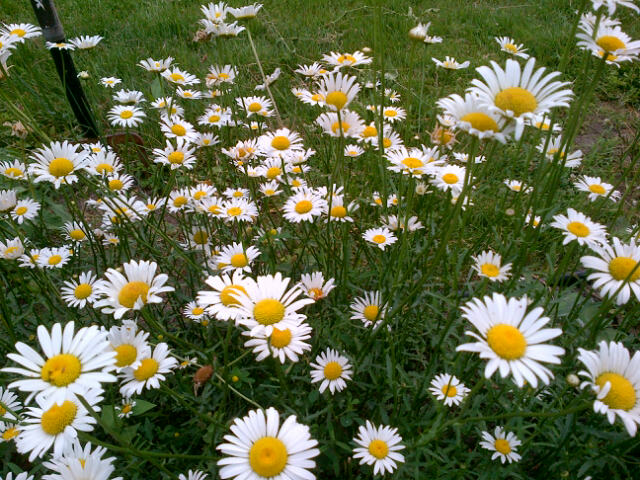 marguerite (daisy) - past the point when we use them, but pretty none the less
marguerite (daisy) - past the point when we use them, but pretty none the less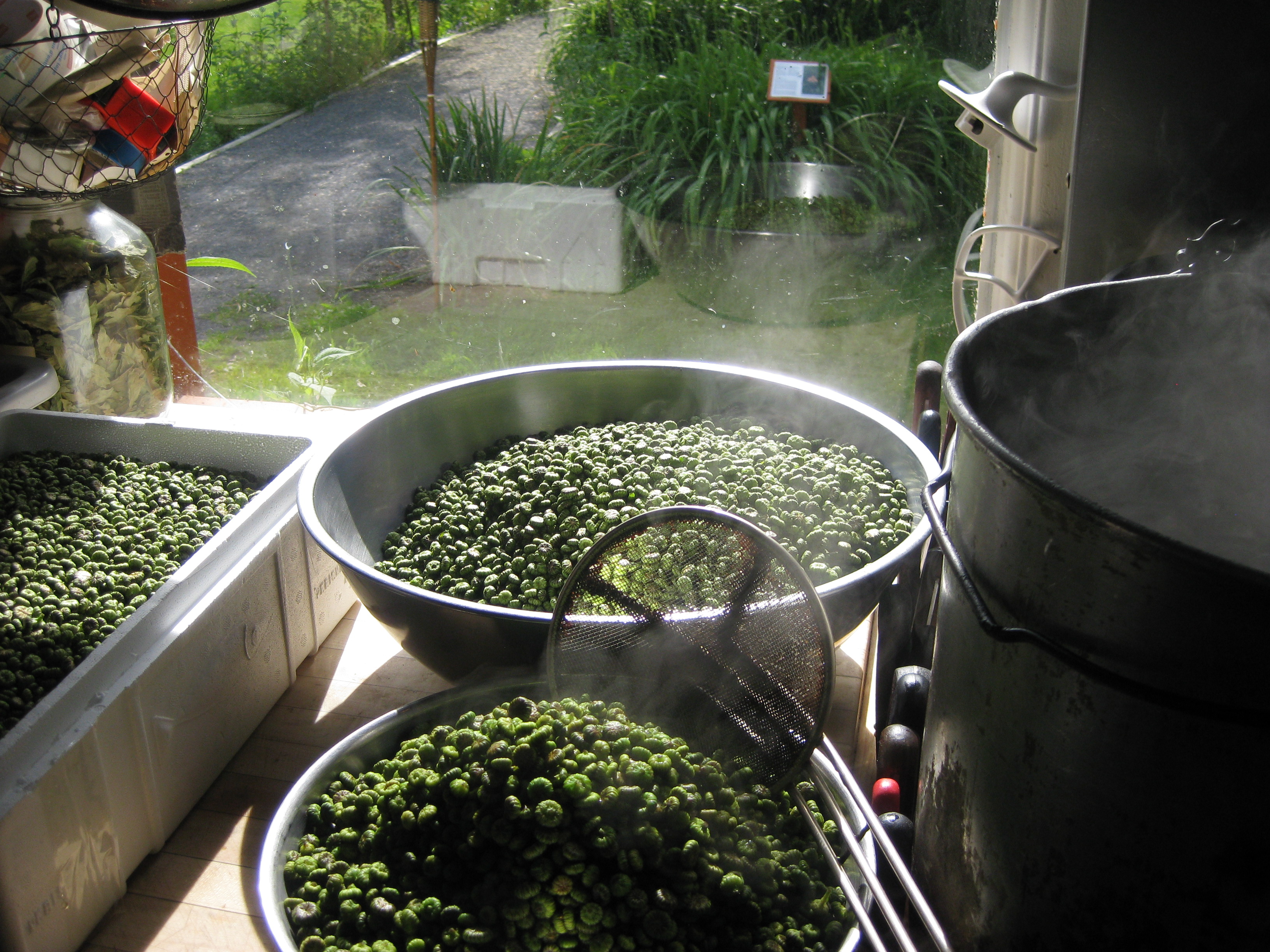 Pickling pounds of daisy buds
Pickling pounds of daisy buds
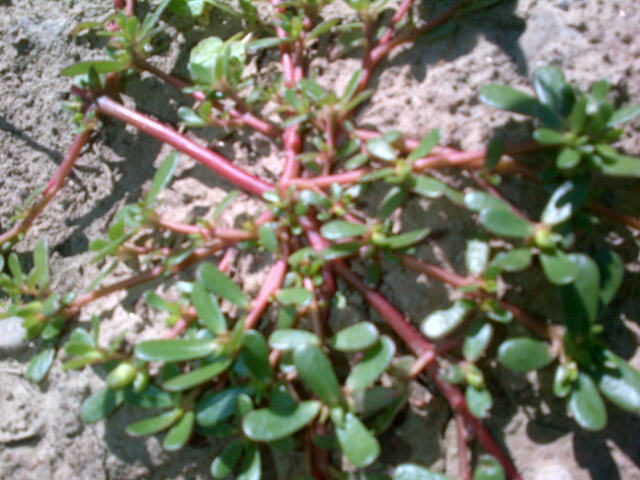 pourpier (purselane) - another hearty weed worth adding to your salad plate - lemony!
pourpier (purselane) - another hearty weed worth adding to your salad plate - lemony! 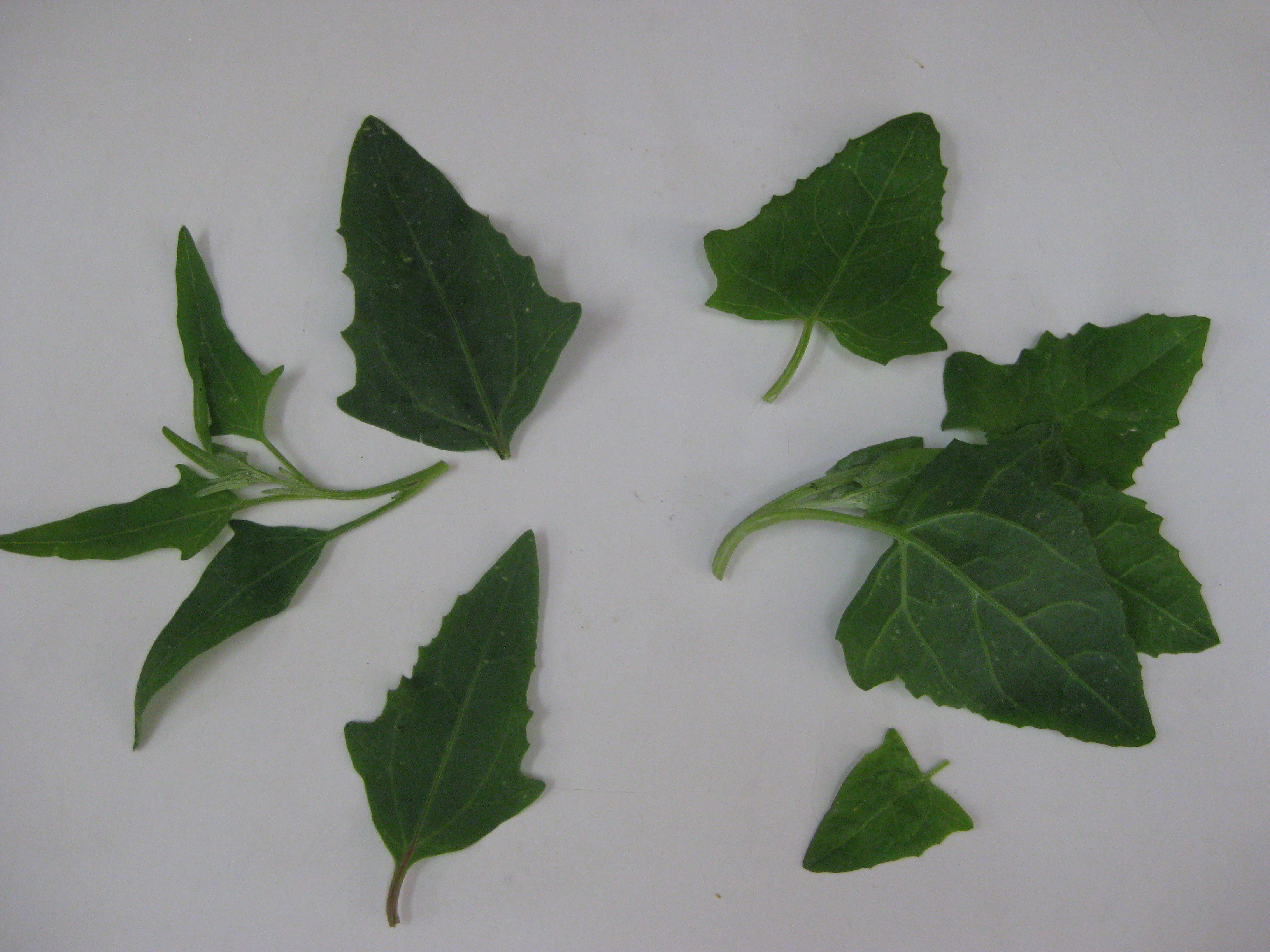 chougras vs arroche de mer (pigweed/lambs quarters vs. sea spinach)
chougras vs arroche de mer (pigweed/lambs quarters vs. sea spinach) 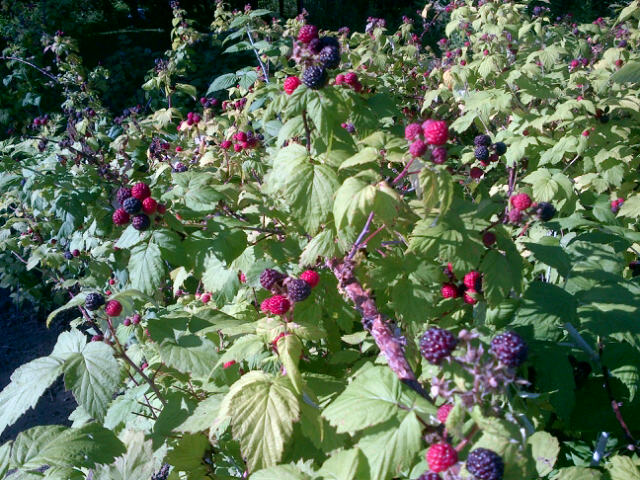 framboises noir (black raspberries)
framboises noir (black raspberries)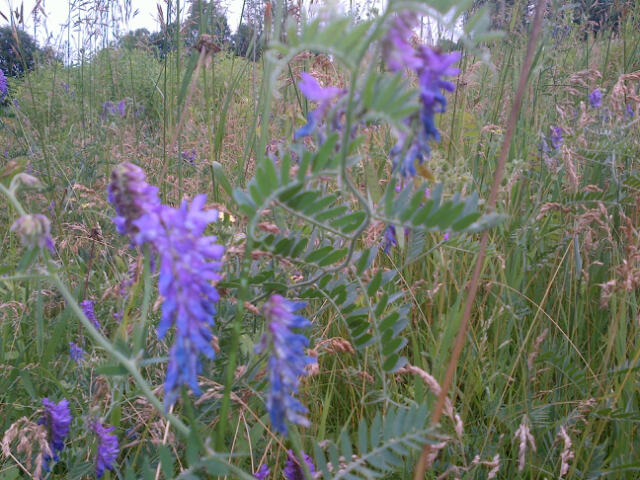 vesce jargeau (tufted vetch)
vesce jargeau (tufted vetch)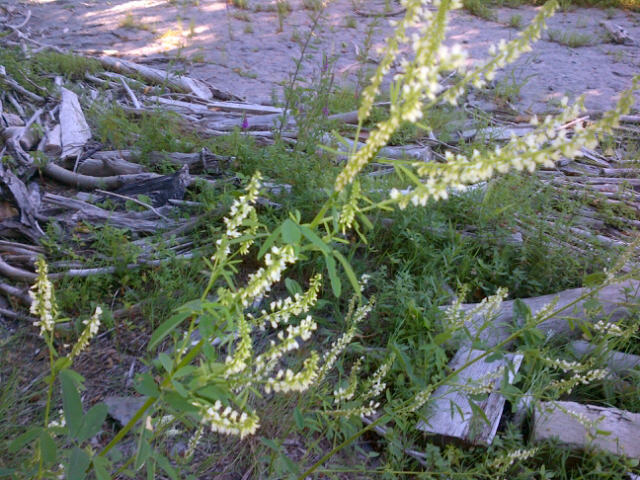 mélilot blanc (sweet clover flower)
mélilot blanc (sweet clover flower)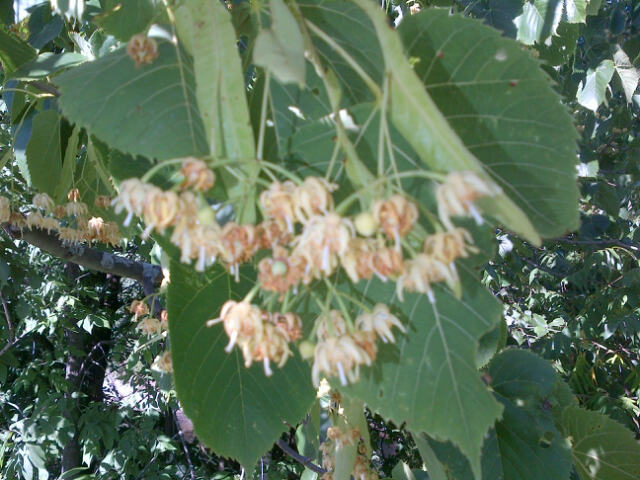 tilleuil (linden flower)
tilleuil (linden flower)
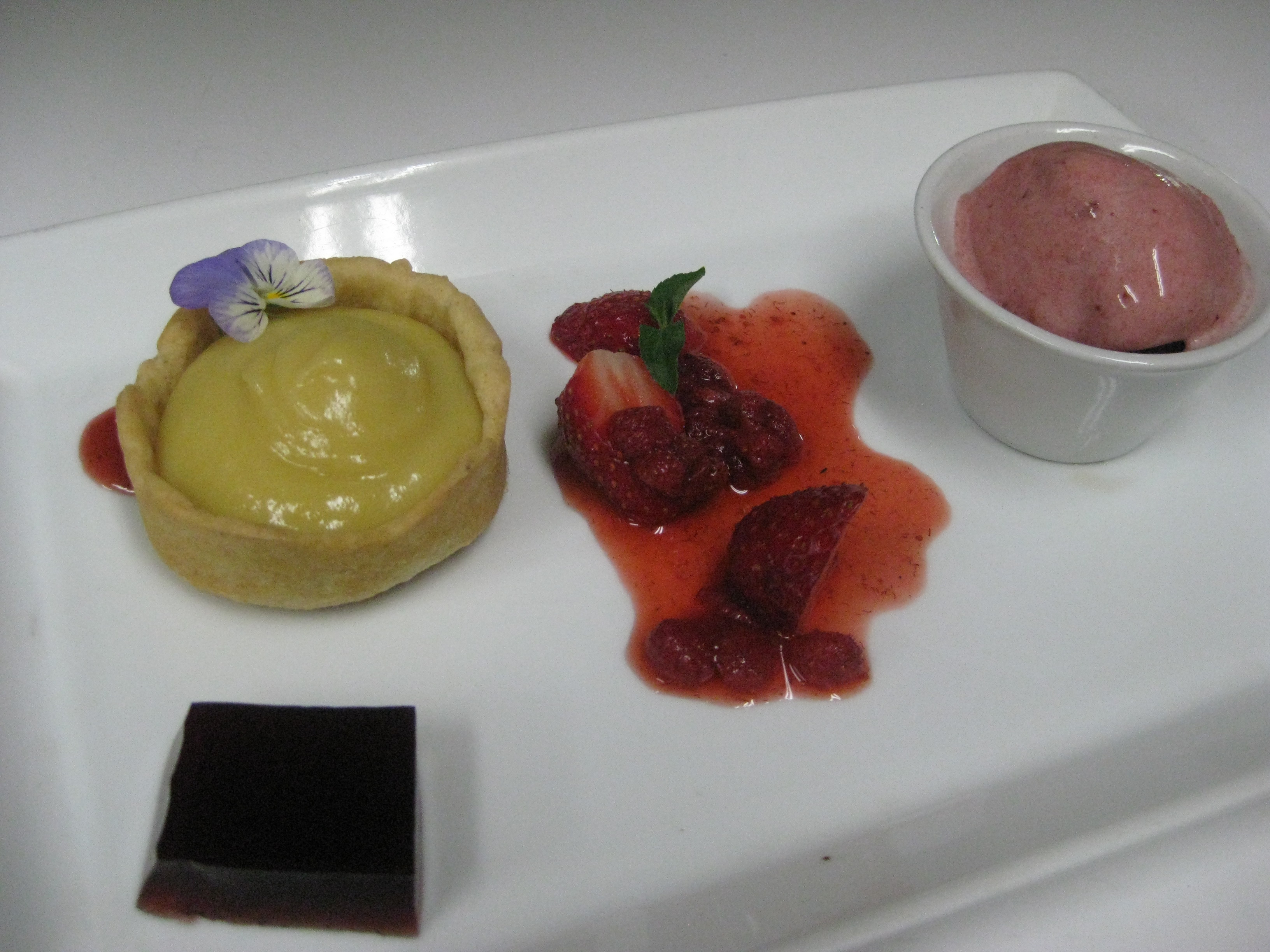 tartelette au fleurs de mélilot et creme de citron-sureau, gelée et sorbet aux fraises aux fleurs d'asclépiade
tartelette au fleurs de mélilot et creme de citron-sureau, gelée et sorbet aux fraises aux fleurs d'asclépiade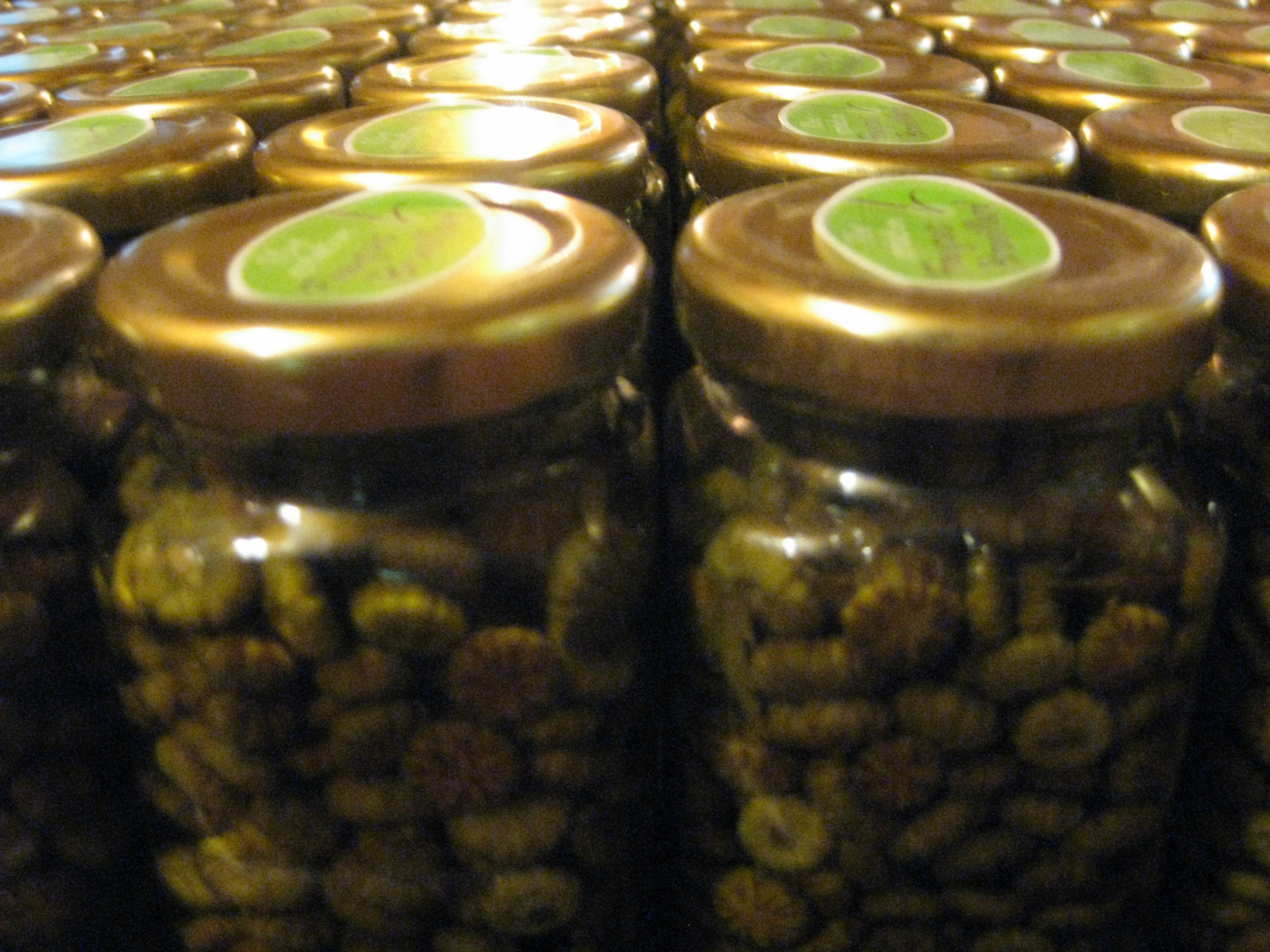 40+ cases of little bud packed jars, ouf
40+ cases of little bud packed jars, ouf
Milkweed flower deserves special mention, because it is so fragrant and particular, quite common and unknown. I love to pair it with wild berries or any fruit - in infusions, so jelly, granité, sorbet etc. What a pretty garnish too! It's hard to believe that they are the next stage in the plant's lifecycle after the milkweed brocoli, which is 100% vegetable. Important to be picked early, well washed and cooked through in lots of water, I typically blanch it for 5min before proceeding with a number of treatments, the most winner being tempura.
Linden is flowering now, and although beyond the leaves in spring, this hasn't been something we've taken the time to exploit; I figure now is the time - the heady accacia like aroma is seductive. Slightly fibrous, I can't imagine using them as is, more likely infused or dried and pulverized..
The sumac ripening shows promise, and our garden of cultivated things is overflowing, which means that the mushrooms are not far off. A few bolets and chanterelles have been spotted, but until this dry weather lets up, there won't be much going on. As we know very well, it can all change in a few days.. Better get as many marine greens in as possible and make sure we have our flowers for the tisane, get going going on the berries. Laitue de mer, check. Because soon enough François will have to let all the rest go and focus on the mushrooms. More madness to follow! 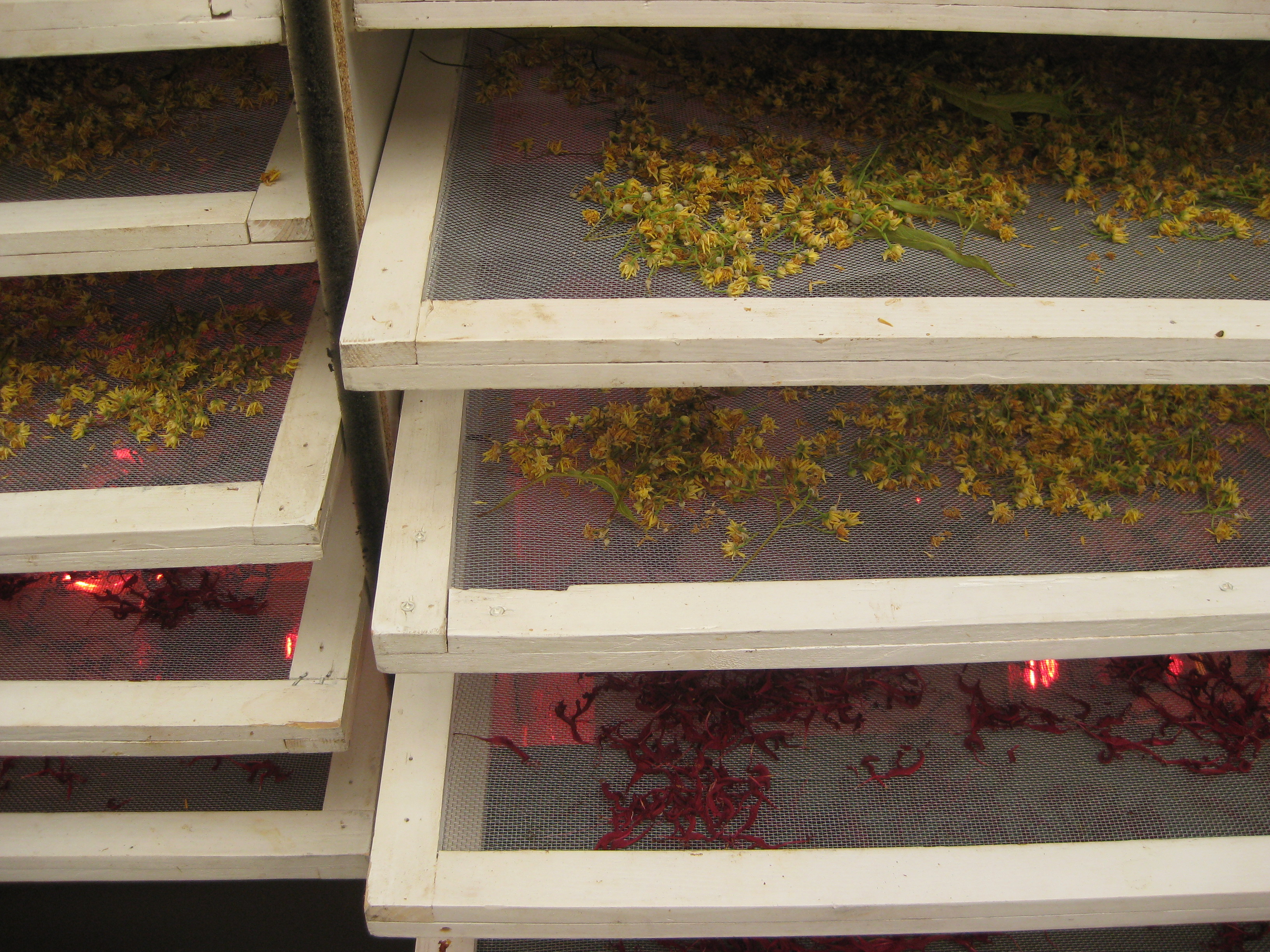 our dehyrdrator is working overtime
our dehyrdrator is working overtime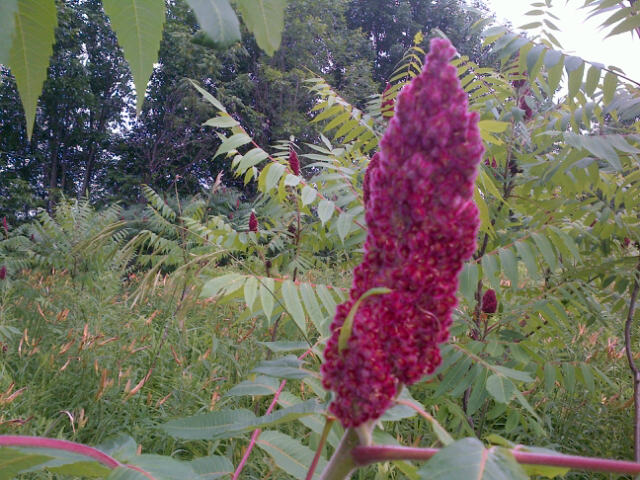 sumac, not quite ready but local lemonade is not far off
sumac, not quite ready but local lemonade is not far off
Reader Comments